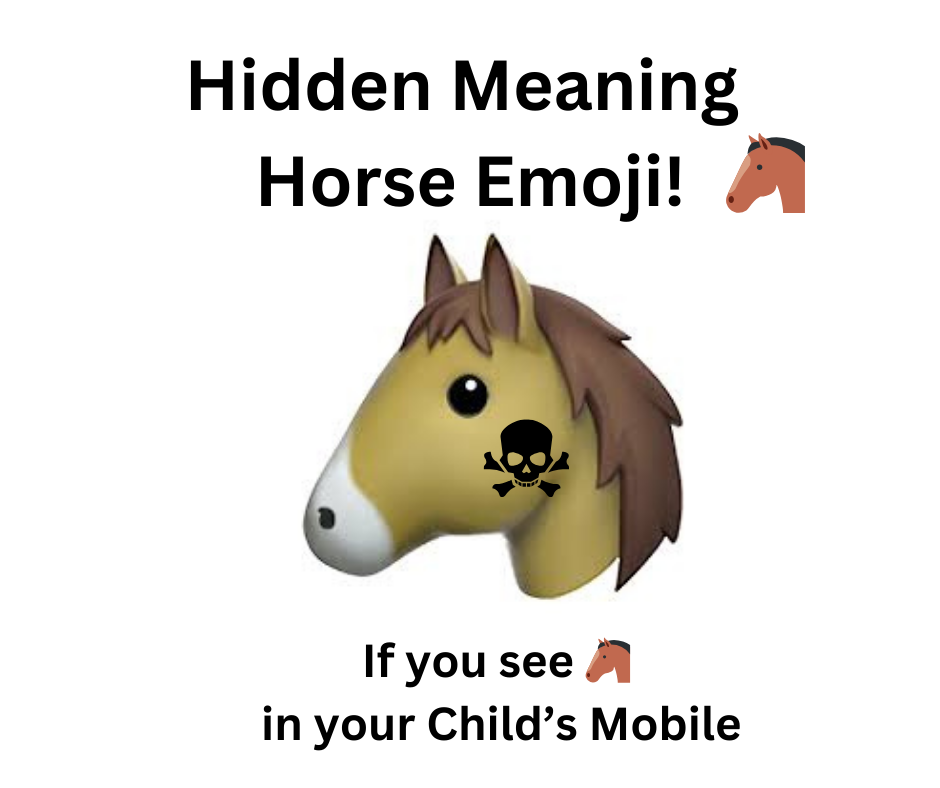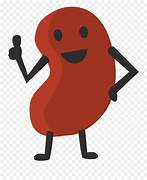Beware of Hidden Meanings Behind Emojis
By Madhurie Singh, May 19, 2025

Parents in India, Beware of The Hidden Meanings Behind Emojis and How They Can Impact Your Child’s Safety Online
I finished watching a series on Netflix that made me think a lot about how differently Gen Z thinks from all previous generations. I have some parents narrate some strange activities their children are caught doing which they consider normal! Those I will discuss later but let me share about this series first.
So in the series, a 13 yr old boy thinks he is ugly! He has huge complex and massive anger issues with anyone who disagrees with his views. He murders his female classmate only because he imagines that she is bullying him on Instagram! I had to sit up and gather what on earth was this series trying to tell us, parents. Then I came across a guy called Andrew Tate who has become a prominent personality in the Manosphere.
The manosphere is a varied collection of websites, blogs, and online forums promoting masculinity, misogyny, and opposition to feminism. I will share another blog if needed on this new cult later.
To continue with emojis, In today’s digital world, emojis have become a universal language for children and teenagers. While these fun, colourful symbols may seem innocent, many are being used as secret codes for dangerous activities, including drug use, online radicalization, and extremist ideologies. No longer it’s plain simple direct what you see what you get EMOJI. You have to enter into the world of teenagers to understand the meaning of each emoji. So another boy in the series was explaining the meaning of emojis to his father who was solving the crime. I wrote it down immediately. He asked his father, “Dad when you send a Heart to Mom, what colour heart do you send and what does it mean?” His father said it meant love and the red colour heart it would be. Then his 13-year-old son explained that each colour of the heart has a different meaning in his world. “Red means love, purple – horny, yellow – ‘I’m interested, are you interested’, pink – ‘I’m interested but not in sex’, orange – ‘You’re going to be fine’. It all has a meaning. Everything has a meaning!”
As parents, it is essential to be aware of how certain emojis are being misused and what you can do to protect your child from potential online dangers.
The Growing Concern with Emojis
Emojis are no longer just expressions of emotions—young people are using them to discuss sensitive and risky topics. Law enforcement agencies and digital safety experts have raised alarms about how teenagers are using emojis as codes for drugs, incel culture, and radical ideologies.
For example, police warnings have identified that the horse emoji (🐴) is often used to represent ketamine, a powerful sedative commonly abused by young people. Similarly, other emojis are being used to refer to illicit drugs and even extremist beliefs.
Emojis With Hidden Meanings
Here are some commonly used emojis and their secret meanings:
Emojis Associated with Drugs
- 🐴 Horse Emoji – Ketamine, also known as “Special K.” It’s a potent sedative often abused by young adults due to its hallucinatory effects. Ketamine is increasingly popular for recreational use, and its association with the horse emoji is raising alarm.
- ❄️ Snowflake Emoji – Cocaine.
- 🍁🌲☘️ Maple Leaf, Tree, Four-Leaf Clover – Marijuana.
- 🎂🍦🍇🍋🍒 Cake, Ice Cream, Grapes, Lemon, Cherries – Cannabis edibles like gummies popular in Thailand and USA.
- 💀👽😈 Skull, Alien, Demon Mask – MDMA (Ecstasy), commonly used as a party drug abused by young people.
Emojis Associated with Extremist Ideologies
- 💥 Dynamite Emoji – Used in incel and manosphere communities to symbolize the “exploding red pill,” a term associated with radical anti-feminist beliefs. Search Andrew Tate Incel, to know more about this man and his new cult.
- 🔥 Fire Emoji – Represents admiration for violent actions or extremist ideologies.
- 💯 100 Emoji – Related to the “80/20 rule,” a concept in the manosphere promoting the belief that a small percentage of men attract most women.
- Kidney Bean Emoji – Sometimes used in online incel forums to refer to themselves or their community. These individuals self-identify as involuntarily celibate and harbour negative views about women. Like the 13-year-old boy in the series Adolocense on Netflix.

These hidden meanings highlight how emojis appear harmless and can serve as entry points into risky online behaviours.
What Can You Do?
The Indian digital landscape is evolving rapidly, and children in Tier-2 and Tier-3 cities now have greater access to the internet and social media. This makes it even more crucial for parents to stay informed about the risks involved. Tier -1 cities like Pune, Mumbai, Bengaluru, Chennai, Hyderabad, Delhi, Gurugram, and Kolkata are the worst hit.
1. Stay Updated on Emoji Trends
New emoji meanings emerge frequently. Keep yourself informed through websites like Madhuriesingh.com, Safer Schools Together and India’s Cyber Crime Prevention Cell.
2. Maintain Open Communication
Encourage your child to talk about their online interactions. Avoid being judgmental; instead, create an environment where they feel comfortable discussing their digital life with you. I immediately called my younger son and asked him how much he knew. Thankfully he did not know much but knew about Andrew Tate. In fact, when he said mom Andrew Tate is a loser and attracts losers like him, I was relieved. I have to watch this Andrew guy’s channel to hear his views and why men are clouting around him.
3. Monitor Social Media Usage
Platforms like Instagram, Snapchat, and WhatsApp allow private and disappearing messages. Regularly check your child’s activity, but do so with respect for their privacy. How can you do this without creating a barrier of mistrust is a challenge. I found a simple way. I share an article first with my sons. Then after a few days ask them their opinion on it. Many times I am brutal to end any sprout of normalcy that seems to be popping up. I believe in crushing the poisonous bud the moment you see it. It does lead to arguments and swollen egos but in the long run, it does wonders. It’s another challenge that I have to deal with my spouse who becomes another teenager with them!
4. Use Parental Controls
Social media platforms like YouTube, TikTok, and Instagram have parental control features that allow you to limit content exposure and track screen time. Easier said than done with children now, right? So if you are a parent whose child is still young and listening to you, take the necessary steps now.
5. Report Suspicious Activities
If you notice suspicious conversations involving secret emojis, report them to India’s National Cyber Crime Reporting Portal (www.cybercrime.gov.in) or consult with a child psychologist. I have provided consults to many parents with different parenting styles than what they were used to. I am strict. So only parents who are not sissys like to follow me. (Can you believe the word sissy was not found in the Grammarly dictionary? It’s saying not found!)
Conclusion
The rise of emoji-based secret codes is just one of the many challenges parents face in today’s digital age. While emojis may seem harmless, their hidden meanings can expose your child to drugs, extremist views, and online predators. By staying informed, fostering open communication, and using available tools to monitor your child’s online activities, you can better protect them from these emerging risks.
Technology will continue to evolve, and as parents, we must stay one step ahead. Awareness and vigilance are the keys to ensuring your child’s online safety in India’s digital future.
References:






Login is required
Don't have an account? Sign Up